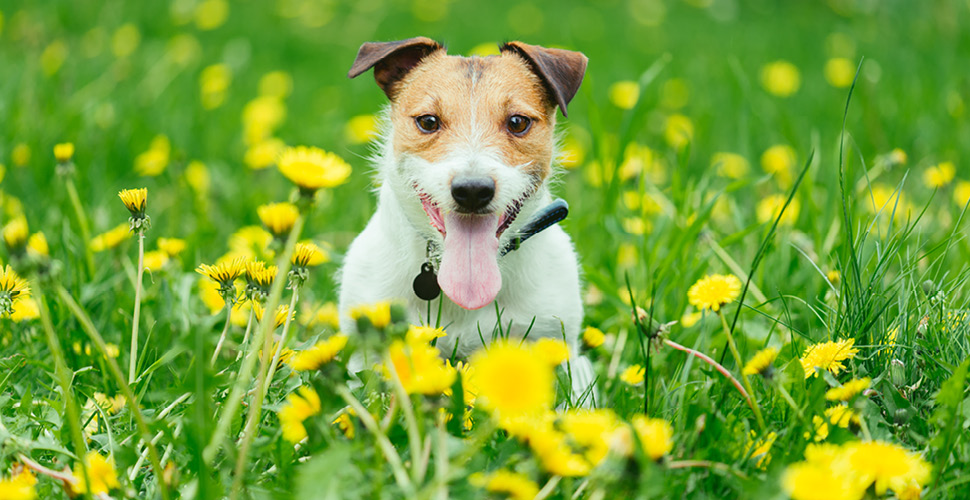Is your furball sneezing more than usual, or maybe scratching a little too much? It might not just be the excitement of summer. Just like us, our pets can fall prey to seasonal allergies. Let’s make sure your pet enjoys summer just as much as you!
What’s Bugging Your Pet?
Seasonal allergies in pets can be triggered by a variety of environmental factors. Common culprits during the summer include:
- Pollen: Yep, the same stuff that might make you sneeze can affect our pets too. Trees, grass, and weeds are all in full bloom, spreading their pollen far and wide.
- Dust Mites: These little critters thrive in warm weather and can cause allergic reactions in pets.
- Mold: Summer storms and humidity can lead to mold growth, which might stir up allergies in sensitive pets.
- Fleas: These pesky insects are more than just a nuisance; flea bites can lead to allergic reactions and dermatitis in pets.
Spot the Signs: Is Your Pet Allergic?
Knowing the signs of allergies in pets can help you catch them early. Keep an eye out for:
- Excessive Scratching or Licking: This is often the first sign your pet might be dealing with allergies.
- Red, Irritated Skin: Especially around the paws, ears, and belly.
- Sneezing, Coughing, or Wheezing: Just like humans, pets can show respiratory symptoms from allergies.
- Watery Eyes: Those aren’t tears of joy; they could be an allergic reaction.
Turning the Tide on Allergies
If you suspect your pet is suffering from allergies, here’s how you can help:
1. Visit Your Vet
Always start with a professional diagnosis. Your vet can offer allergy tests and treatments, which might include antihistamines, corticosteroids, or other medications.
2. Keep It Clean
Regularly bathing your pet can help remove allergens from their skin and fur. Use a hypoallergenic shampoo or one recommended by your vet.
3. Manage the Environment
Keep your home clean and free of dust by regularly vacuuming and washing your pet’s bedding. Using air purifiers can also help reduce airborne allergens.
4. Flea Control
Maintain a strict flea prevention routine during the summer months to avoid flea allergy dermatitis, which can exacerbate other allergy symptoms.
5. Dietary Adjustments
Some pets may benefit from a diet formulated to improve skin health and reduce allergic reactions. Discuss with your vet the best options for hypoallergenic diets.
Your Allergy Action Plan
No one wants to see their pet in discomfort, so creating an allergy action plan with your vet is crucial. This might include tracking symptoms, adjusting routines, and being proactive with treatments.
Let’s Clear the Air: Your Pet Can Enjoy Summer Too!
With the right knowledge and strategies, you can help manage your pet’s allergies effectively, ensuring they can enjoy every sunny day and cool evening of the season. So, grab those hypoallergenic treats and let’s make this a sniffle-free summer!


